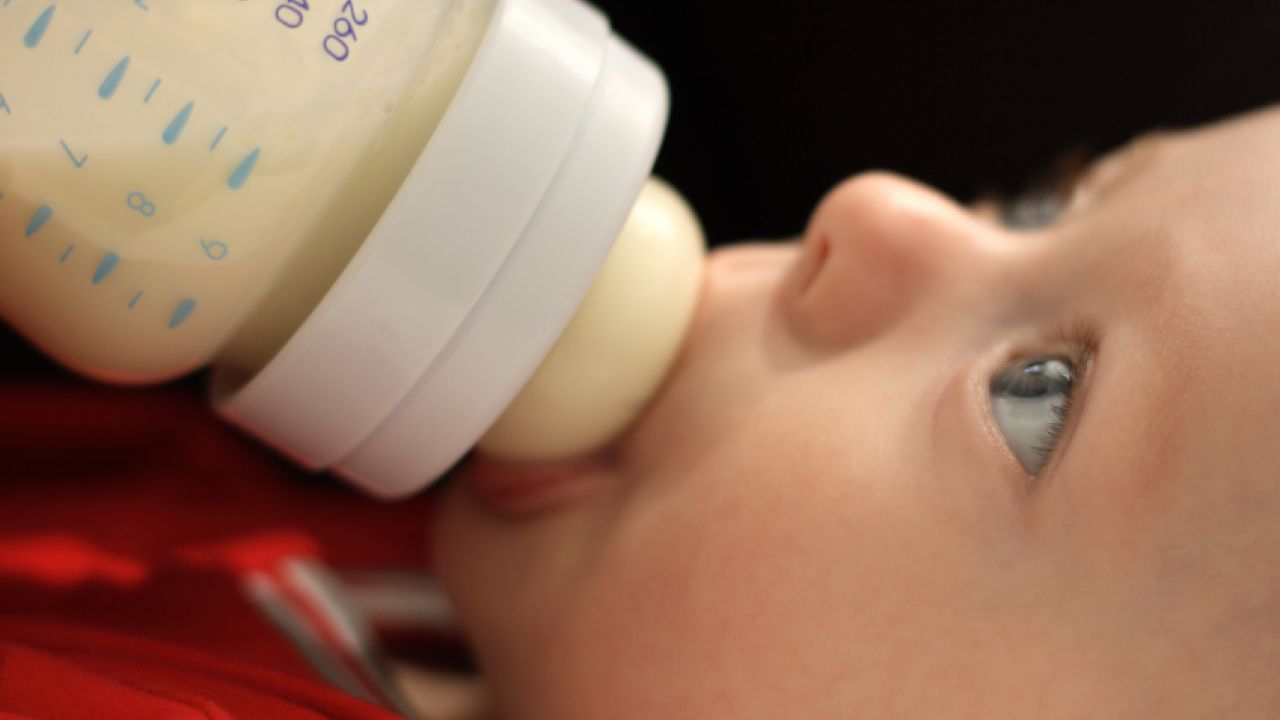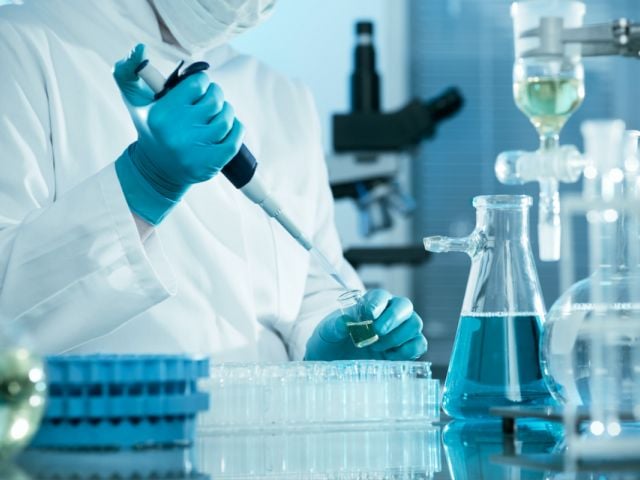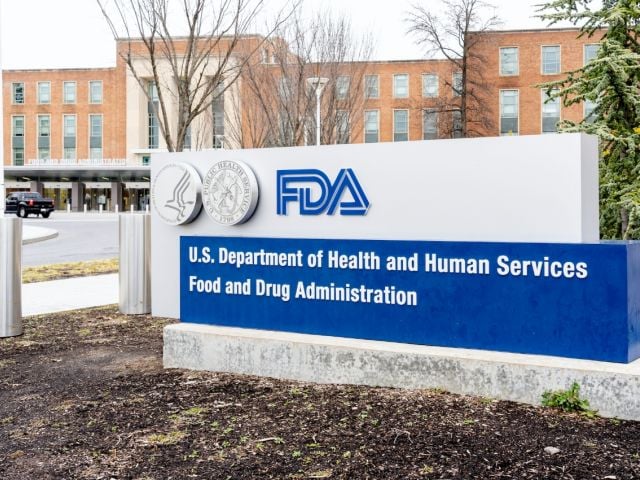
Whenever researchers find more evidence that a substance in common use is toxic, the chemical lobby's reflexive rejoinder is that there's still no proof it harms people, as opposed to cells in culture or lab animals.
As we all know, testing on people is not ethical. Moreover, new science looks for more than a smoking gun - meaning, acute toxicity, or poisoning. Scientists are exploring the new frontier of environmental toxins that act as hormones gone awry, causing subtle cellular or even genetic changes that set the stage for complex disorders like behavioral problems or sow the seeds of cancer in later life.
In these cases, the chemical industry simply discounts the latest research, however ominous, and calls for more study. This time-tested delaying tactic keeps many a toxic chemical on the shelf.
Growing body of evidence about BPA
In the case of bisphenol-A (commonly known as BPA), a plastics component and synthetic estrogen that disrupts the endocrine system, lab animals given miniscule doses have suffered irreversible reproductive system damage and loss of brain function. Researchers have also associated the chemical with cardiovascular problems, obesity, adult onset diabetes, cancer and resistance to chemotherapy. The list grows by the week.
Moreover, plastic compounds made with BPA - epoxy resin and polycarbonate plastic - are notoriously unstable. BPA has repeatedly been shown to leach from bottles and epoxy-lined cans into food and drink.
The link from bottle to body is here
A study published yesterday in Environmental Health Perspectives connects the dots between BPA-laden food containers and BPA in the bodies of people using those containers.
The authors -- scientists from Harvard University and the U.S. Centers for Disease Control and Prevention -- write that their study is "the first to quantify the corresponding increase in urinary BPA concentrations following use of polycarbonate drinking bottles."
Study found a 70% increase in urinary BPA levels - in one week
During the study, 77 Harvard student volunteers experienced a nearly 70 percent increase in urinary levels of bisphenol A (BPA) after drinking cold beverages from BPA-laden polycarbonate Nalgene and Lexan water bottles for just one week.
What does this mean for the BPA debate?
The ground-breaking Harvard/CDC study poses serious implications for the impact of BPA exposure on infants fed with polycarbonate bottles, whose entire diet could be contaminated with BPA.
"These astonishing results should be a clarion call to lawmakers and public health officials that babies are being exposed to BPA, and at levels that could likely have an impact on their development," said Renee Sharp, EWG's California Director."The adults in this study were willing participants who understood the risk of exposure, but babies are unwitting victims of the silent but serious threat this hormone- disrupting chemical poses to their health."
This study bolsters the case for strong regulations
The Harvard/CDC study comes on the heels of Minnesota's statewide prohibition of BPA in baby bottles, sippy cups and other food containers for children 3 and under. Suffolk County, New York, has also banned BPA in such items, lawmakers in California and Connecticut are considering similar proposals, and the Chicago city council voted yesterday to ban the sale of any baby bottle or sippy cup containing the chemical.
EWG is working hard to pass the Toxics-Free Babies and Toddlers Act (SB 797) in California, which would virtually eliminate BPA from food and beverage containers for children under 3 years old.
"If the legislation to protect California's youngest from further exposure to BPA is defeated," says EWG's Sharp, "those elected officials responsible for its demise should be held to account for protecting the profits of the chemical industry instead of children's health."
If you live in California, please ask your state senator to vote "YES" on SB 797 - your voice matters.



